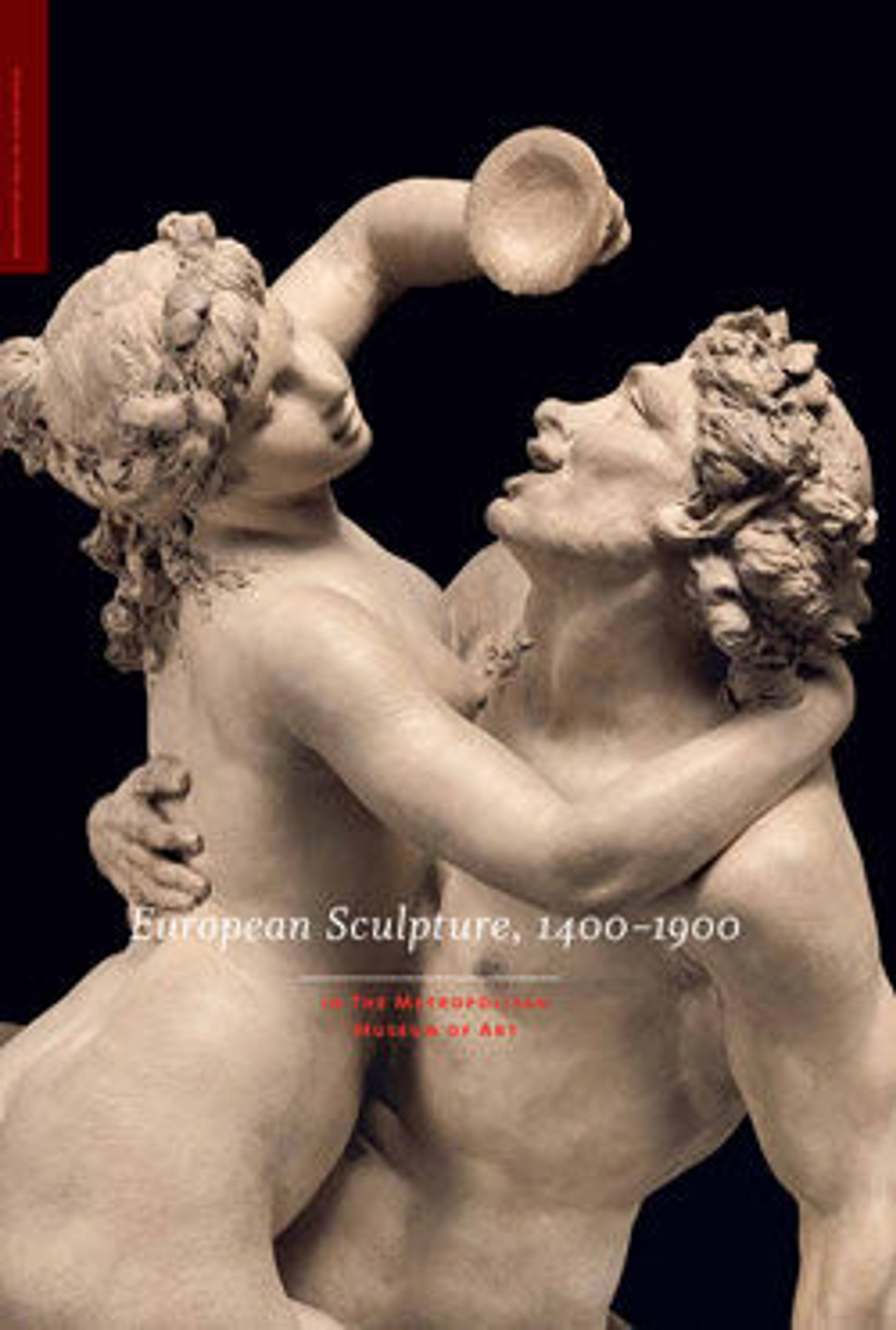Lucretia
Lucretia's suicide out of shame for her rape by Sextus Tarquinius—a self-sacrifice that led to the rebellion in Rome against the Tarquins— was frequendy depicted in prints and paintings, though less often in sculpture, from the sixteenth through the eighteenth century. In France during this period femmes fortes, powerful women from ancient history or myth, such as Lucretia, Cleopatra, and Dido, as well as from the Bible, such as Esther, Jael, and Judith, were popular paragons of virtue. This sculpture shares many characteristics of the morceaux de réception, works required of candidates for admission to the Académie Royale de la Peinture et de la Sculpture in Paris. About 1700 these showcases of the sculptor's talents tended to be highly dramatic, under-lifesize marble sculptures of classical subjects. Lucretia appears to be the figure that Bertrand, one of the talented generation of sculptors who participated in royal projects at Versailles, displayed at the Salon of 1704. Exceptionally, Bertrand submitted a bronze sculpture as his academy reception piece in 1701; possibly, he carved Lucretia in the manner of the morceaux de réception to demonstrate his talents in marble.
Artwork Details
- Title:Lucretia
- Artist:Philippe Bertrand (French, 1663–1724)
- Date:1704 or earlier
- Culture:French, probably Paris
- Medium:Marble
- Dimensions:Overall (confirmed): 27 1/2 × 43 1/4 × 20 3/4 in., 686 lb. (69.9 × 109.9 × 52.7 cm, 311.2 kg)
- Classification:Sculpture
- Credit Line:Purchase, Harris Brisbane Dick Fund, Joseph M. Cohen Gift, and Fletcher Fund, by exchange, 2003
- Object Number:2003.296
- Curatorial Department: European Sculpture and Decorative Arts
More Artwork
Research Resources
The Met provides unparalleled resources for research and welcomes an international community of students and scholars. The Met's Open Access API is where creators and researchers can connect to the The Met collection. Open Access data and public domain images are available for unrestricted commercial and noncommercial use without permission or fee.
To request images under copyright and other restrictions, please use this Image Request form.
Feedback
We continue to research and examine historical and cultural context for objects in The Met collection. If you have comments or questions about this object record, please contact us using the form below. The Museum looks forward to receiving your comments.
